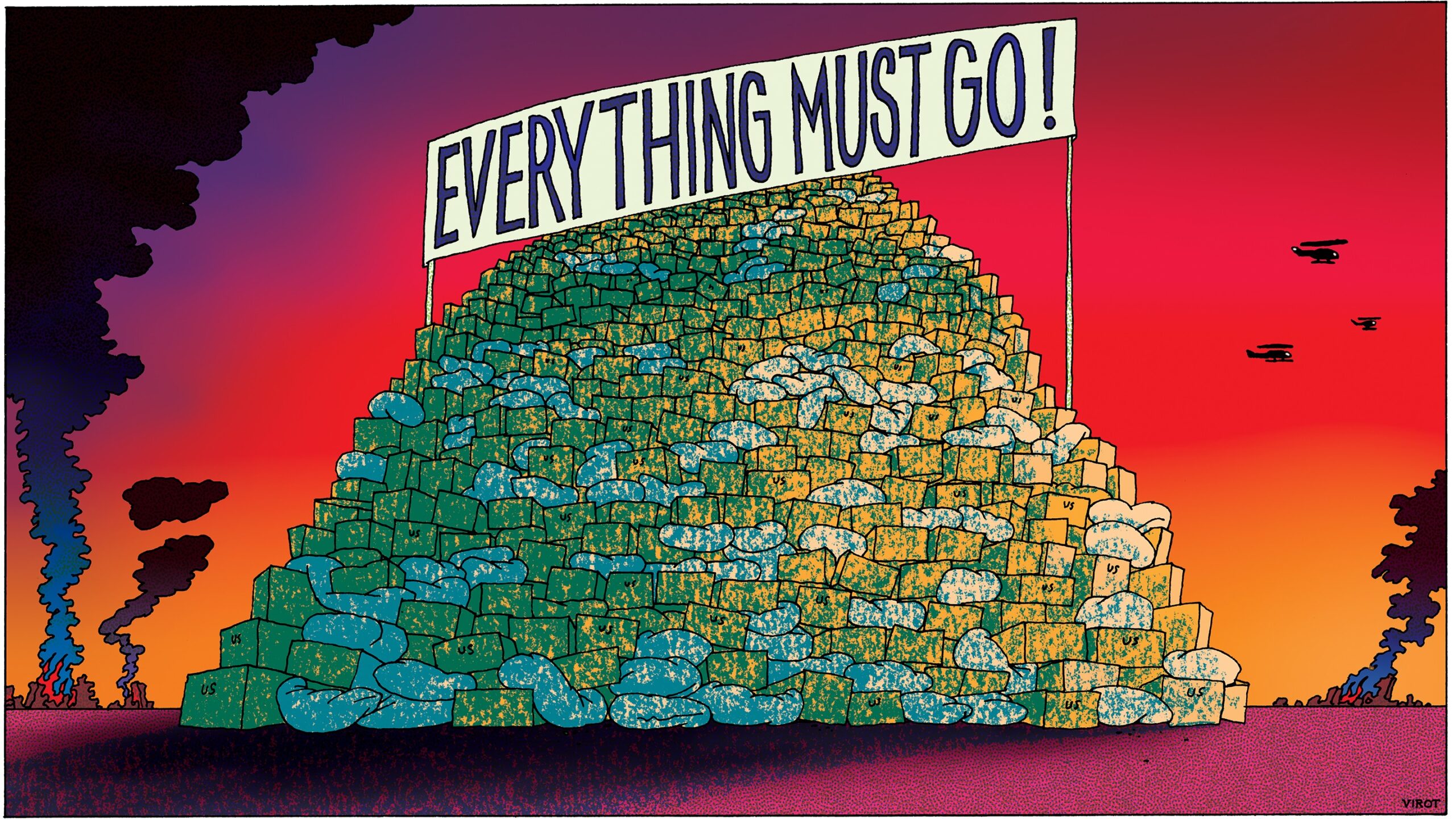Healthcare providers in the United States face a competitive environment with thousands of hospitals, health systems, and medical practices trying to attract patients. There are over 400 health systems and more than 6,100 hospitals in the country. Nearly 10 million healthcare professionals support these institutions. Because of this competition, healthcare organizations need to use good marketing strategies that attract new patients, improve satisfaction, build loyalty, and support steady revenue growth.
One important part of successful healthcare marketing is knowing how patients find and contact providers, especially through phone calls. Even though digital platforms are popular, most healthcare consumers still like to make appointments by phone. This makes call tracking and data analysis tools very important for practice managers, owners, and IT staff who want to get the most from their marketing and patient acquisition efforts. This article explains how healthcare groups can use call tracking and related technology, like artificial intelligence (AI), to improve marketing while following rules like HIPAA.
The Role of Call Tracking in Healthcare Marketing
Call tracking means watching incoming phone calls to healthcare practices or hospitals and connecting those calls to the specific marketing campaigns or ads that caused them. By collecting detailed data on how callers behave, call tracking helps marketing teams see which messages, channels, or keywords lead to patient appointments. This helps them spend their budgets better by focusing on campaigns that work and stopping those that don’t.
In healthcare, this kind of marketing analysis is very helpful because it connects digital ads to real offline patient contacts. For example, Invoca, a company using AI for healthcare call data, provides tools that track and record all calls. Hospitals and practices can link phone calls directly to sources like Pay-Per-Click (PPC) ads, search results, or social media.
When healthcare groups know which campaigns lead to appointments, they can spend their marketing money better and lower patient acquisition costs a lot. Banner Health, a big U.S. healthcare group, saw a 74% drop in patient acquisition cost after using AI call tracking systems. They also had a 597% cut in cost per acquisition for their orthopedic social media ads, showing how useful precise data can be for marketing.
HIPAA-Compliant AI Answering Service You Control
SimboDIYAS ensures privacy with encrypted call handling that meets federal standards and keeps patient data secure day and night.
HIPAA Compliance and Patient Privacy in Call Tracking
Healthcare providers must make sure any call tracking technology follows rules that protect patient information. HIPAA sets national standards to protect health data. Following these rules helps avoid legal trouble and keeps patient trust.
Call tracking systems made for healthcare, like Invoca, help by offering HIPAA-compliant services with features like encryption, safe data storage, and limited access controls. They also provide Business Associate Agreements (BAAs), which are legal contracts that ensure the service provider handles Protected Health Information (PHI) correctly.
This means healthcare groups can record and write down phone calls safely, letting AI systems study calls without risking privacy. HIPAA-compliant call tracking not only keeps data safe but also helps improve quality. Marketing and compliance teams can review calls to see where agents might need more training.
Data-Driven Marketing Strategies in Healthcare
Data is very important for creating good marketing campaigns in healthcare. Surveys show that 87% of marketers think their organizations do not use data enough. Healthcare marketing that uses data well can get five to eight times more return on investment than those that don’t.
Using call tracking data with customer relationship management (CRM) systems and web analytics lets marketers build detailed patient profiles. These profiles include real info about caller preferences, behaviors, and demographics. Patient profiles help create targeted and personalized marketing messages. This improves patient engagement and chances of getting new patients.
Healthcare groups face a complex consumer journey today. Patients might touch 20 to 500 different points before booking an appointment. These include websites, social media, phone calls, and in-person visits. Linking call analytics with digital data allows marketers to track how well each touchpoint works.
This full view helps find which channels work best and where changes are needed. It also supports using many marketing methods, including SEO, PPC ads, social media, email campaigns, and offline efforts. This helps reach patients through how they prefer to communicate.
AI Answering Service Analytics Dashboard Reveals Call Trends
SimboDIYAS visualizes peak hours, common complaints and responsiveness for continuous improvement.
Enhancing Patient Experience Through Call Routing
Call routing is an important feature of advanced call tracking systems. Dynamic call routing sends patient calls to the right department or agent. It uses factors like caller location, what they need, or the marketing source. Good call routing cuts wait times, lowers call drop rates, and connects patients to the right person fast.
For example, Invoca’s system uses AI to detect caller needs and location and then routes calls properly within healthcare networks. This gives quicker responses and fits patient needs with provider skills.
Call routing makes the patient experience smoother from the start of the call. As healthcare focuses more on patient-centered care, good phone communication is more important. Call tracking data also shows how patients react to different processes, helping improve services.
Integration of Telehealth and Remote Services into Marketing
Telehealth has changed how patients get medical care. Many want virtual consultations and remote monitoring. Healthcare marketers must include telehealth in their plans to meet what patients want.
Call tracking helps healthcare groups promote telehealth by showing where patients learn about these services and how often they book virtual visits. This data helps providers focus on telehealth ads that work and adjust messages to stress ease and access.
Also, as telehealth grows, coordinating phone responses with online portals is important. Connecting call data with digital records lets marketing target patients who are likely to use remote care. This improves outreach and lowers unnecessary costs.
AI and Workflow Automation: Transforming Healthcare Call Management and Marketing
AI and automation are changing healthcare marketing and front-office work, especially call management. AI conversation analytics do more than record calls—they analyze all calls in real time. They find caller intent, urgency, objections, and emotional tone.
This info gives marketers and managers clear data on how patients interact on the phone. AI can flag calls needing follow-up or special attention, like missed chances or compliance issues. It also shows where agents might need coaching, which leads to better talks and stronger patient relations.
Automation helps front-office staff by making call routing and response tasks easier. AI can run voice-activated menus adjusted to each healthcare location, helping patients reach the right service fast.
Healthcare groups use these systems to sort callers by marketing source, medical need, and location. This matches callers to the best staff member. It also helps handle many calls during busy times without cutting service quality.
Linking AI with CRM and hospital systems keeps patient info in one place. Marketing teams can send personalized follow-ups based on phone calls. This helps with retargeting campaigns and keeps patients coming back.
Banner Health’s experience with AI call tracking shows clear benefits. Their marketing team uses conversation data to improve bidding, group patients, and run operations better. This leads to big cost savings and better targeting.
Measuring Success with Key Performance Indicators (KPIs)
Healthcare marketers use KPIs to check how well their strategies work. Call tracking gives good data for these measures, including:
- Call volume attribution: Finding out which marketing campaigns bring calls and appointments.
- Conversion rates: Tracking how many calls turn into scheduled visits or telehealth meetings.
- Patient acquisition costs: Knowing how much it costs to get each new patient.
- Patient experience scores: Using call quality to measure satisfaction and communication skills.
- Marketing ROI: Comparing campaign costs with income from patient visits linked to those campaigns.
By watching these KPIs and using data to make changes, healthcare organizations can keep making campaigns better. This makes sure marketing money is spent wisely and patient outreach and service improve.
Challenges in Implementing Data-Driven Call Tracking
Although call tracking technology has clear benefits, healthcare groups face some problems when starting it. Collecting and handling good data needs strong systems, skilled workers, and a culture willing to use data.
Privacy rules are a big concern. Providers must follow HIPAA and laws like GDPR and CCPA closely when managing patient info. This means getting proper consent, protecting data storage, and reviewing data handling regularly.
Combining data is also difficult. Call tracking data must join web analytics, CRM data, and other digital points to create a full picture. This needs flexible technology and teamwork between marketing, IT, and patient services.
Despite these challenges, the benefits of advanced call tracking and AI analytics make it worth the effort for healthcare organizations that want to compete and meet patient needs.
Final Thoughts for Healthcare Administrators, Owners, and IT Managers
For healthcare administrators, owners, and IT managers in the U.S., using call tracking and AI data analysis offers a good chance to improve marketing and patient care. By using HIPAA-compliant platforms that link call data with other marketing tools, healthcare groups can see the real impact of their campaigns, spend resources wisely, lower patient acquisition costs, and support growth.
Combining accurate patient data, AI conversation analysis, dynamic call routing, and telehealth connection helps providers answer patient calls quickly and correctly. Using these tools as part of a full marketing plan is very important today. Patient expectations are rising, and competition is getting stronger.
Call tracking and data analysis are key parts of modern healthcare marketing. They help connect patients to the right services at the right time, keep information safe, and make marketing investments more efficient across the United States.
AI Answering Service Provides Night Shift Coverage for Rural Settings
SimboDIYAS brings big-city call tech to rural areas without large staffing budgets.
Frequently Asked Questions
What is HIPAA compliance?
HIPAA compliance refers to adherence to the Health Insurance Portability and Accountability Act, which sets national standards for the protection of sensitive patient health information, ensuring confidentiality, integrity, and security of healthcare data.
Why is HIPAA compliance important for call tracking in healthcare?
HIPAA compliance is crucial for healthcare call tracking as it protects patient information shared during calls, helping providers avoid legal penalties and maintain patient trust while safely analyzing call data.
What is healthcare phone call tracking?
Healthcare call tracking allows marketers to gather data from patient phone conversations to determine what marketing efforts led to the call, enhancing campaign optimizations and improving patient access to care.
How does call tracking affect patient satisfaction?
Call tracking can enhance patient satisfaction by providing insights that improve call routing and patient interactions, ensuring timely connections and fostering a sense of being heard and valued.
What role does AI play in call tracking?
AI analyzes conversations in call tracking, enabling marketers to identify strengths and weaknesses in patient interactions and improve the overall patient experience.
How does Invoca ensure HIPAA compliance?
Invoca ensures HIPAA compliance by employing encryption, secure storage, and access controls to protect patient information and signing Business Associate Agreements (BAAs) with healthcare providers.
What features does Invoca offer for healthcare call tracking?
Invoca offers features such as dynamic call routing, automated appointment recovery from unanswered calls, and AI-driven quality assurance to enhance patient care and operational efficiency.
What are Business Associate Agreements (BAAs)?
BAAs are legally binding agreements that establish a relationship between a HIPAA-covered entity and a business associate, ensuring that the handling of protected health information (PHI) complies with HIPAA regulations.
How does Invoca improve marketing efficiency for healthcare providers?
Invoca analyzes data from calls, optimizing marketing spend by identifying which campaigns drive patient appointments, ultimately reducing patient acquisition costs and increasing return on investment.
How can healthcare organizations use insights gained from call tracking?
Insights from call tracking allow healthcare organizations to understand patient behavior, improve service delivery, enhance agent performance, and create strategies to reduce patient churn.
The post Optimizing Marketing Strategies in Healthcare Through Effective Call Tracking and Data Analysis first appeared on Simbo AI – Blogs.





